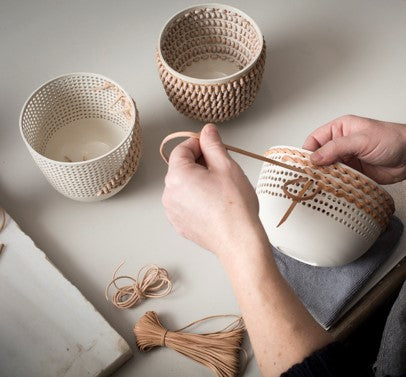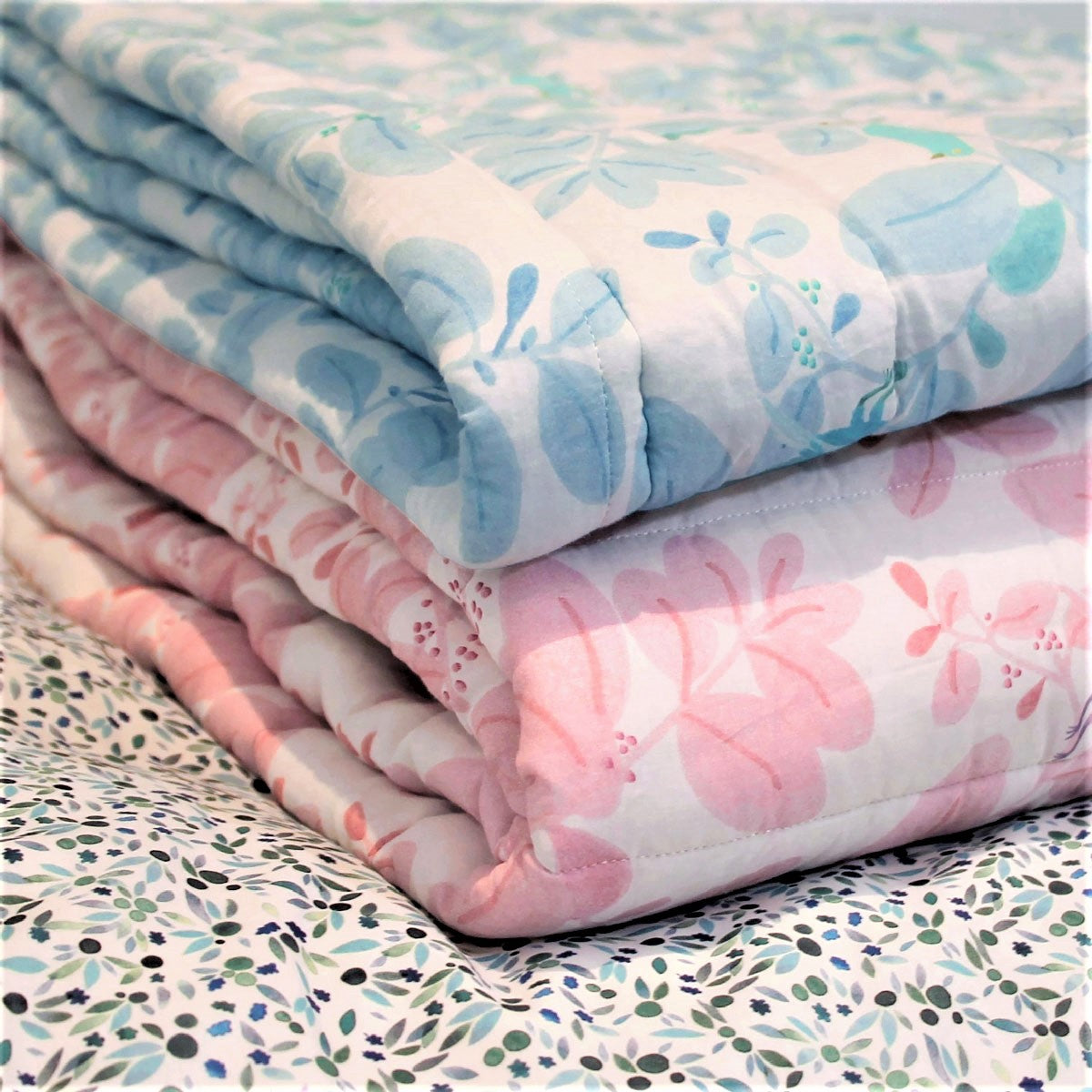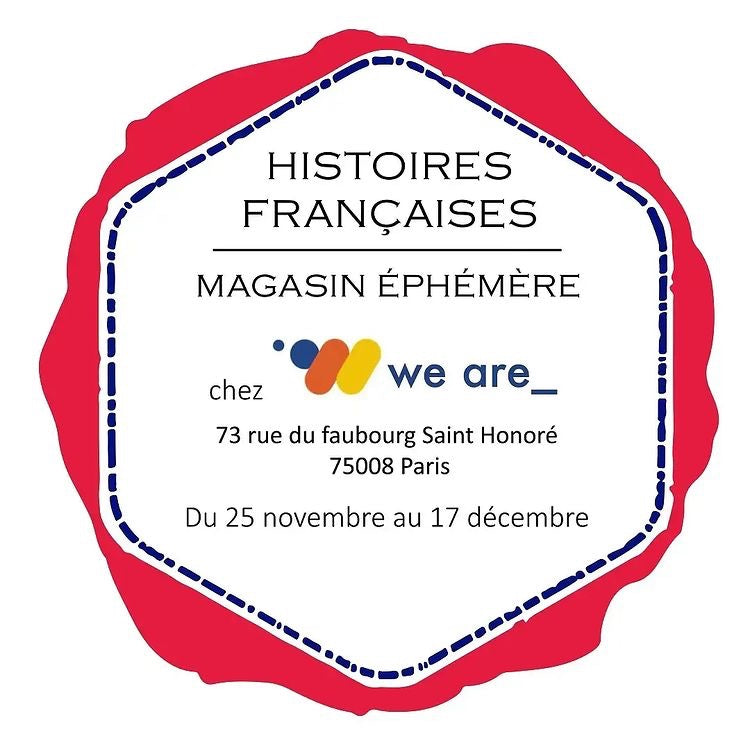
Story of craftsmanship
What is a craft? Handicraft refers to all the traditional skills and practices related to the exercise of a manual trade: ceramists, ironworkers, glassmakers, etc. And behind this reality, you will find a list of nearly 25 trades. The term appeared for the first time in the 1920s in Alsace to translate the German term "handwerk".
But be careful, the title of "craftsman" and "master craftsman" are highly regulated and controlled by law because they correspond to a professional qualification label. Indeed, can claim to the title of craftsman only the holders of a diploma of level 3 (3 years of study), or of a CAP or justifying a professional experience of 2 years minimum in its discipline. The title of master craftsman or master craftsman in craft, as for him, will require a patent or an equivalent diploma of level 4 in the trade concerned or after 2 years of professional practice in the trade. The list of crafts was set by an order of December 24, 2015 published jointly by the Ministry of Culture and the Secretary of State for Trade.
In the past, craftsmen were serfs who could be freed as a reward for their work. From the 9th century onwards, they began to group together in brotherhoods (confratriae) which were to become corporations at the end of the 17th century, abandoning any religious character. Later on, the craft industry was to organize itself, in reaction to the big industry. Thus in 1922 the General Confederation of French Crafts (CGAF) was formed, and a few years later, in 1926, the Chambers of Trades were created, which marked the beginning of the institutionalization of crafts. In 1976, a decree authorised a maximum of 10 employees per legal entity.
Another important point related to the craft industry is training. Some crafts are based on techniques that have been passed down from generation to generation; and some of their tools and objects created have forms that have hardly changed in 10,000 years. Thus, in 1971, apprentice training centres (CFA) were created. Then the law of December 23, 1982 is promulgated relating to the vocational training of the craftsmen; the training course of management, preliminary to the installation is thus instituted, ensuring with the future leader of artisanal company and with his spouse an initiation with accountancy and an information on the economic, legal and social environment of the artisanal company. In addition, the State, in collaboration with the representatives of the craft industry, created a training and study tool: the Centre d'études et de perfectionnement de l'artisanat et des métiers (CEPAM), which became the Institut supérieur des métiers (ISM) in 1990, which is clearly part of this dynamic of "modernization" and innovation of the sector.
Today, the craft industry represents 1.7 million companies, i.e. 3 million jobs for a turnover of 300 billion euros. The craft industry is the leading company in France!









